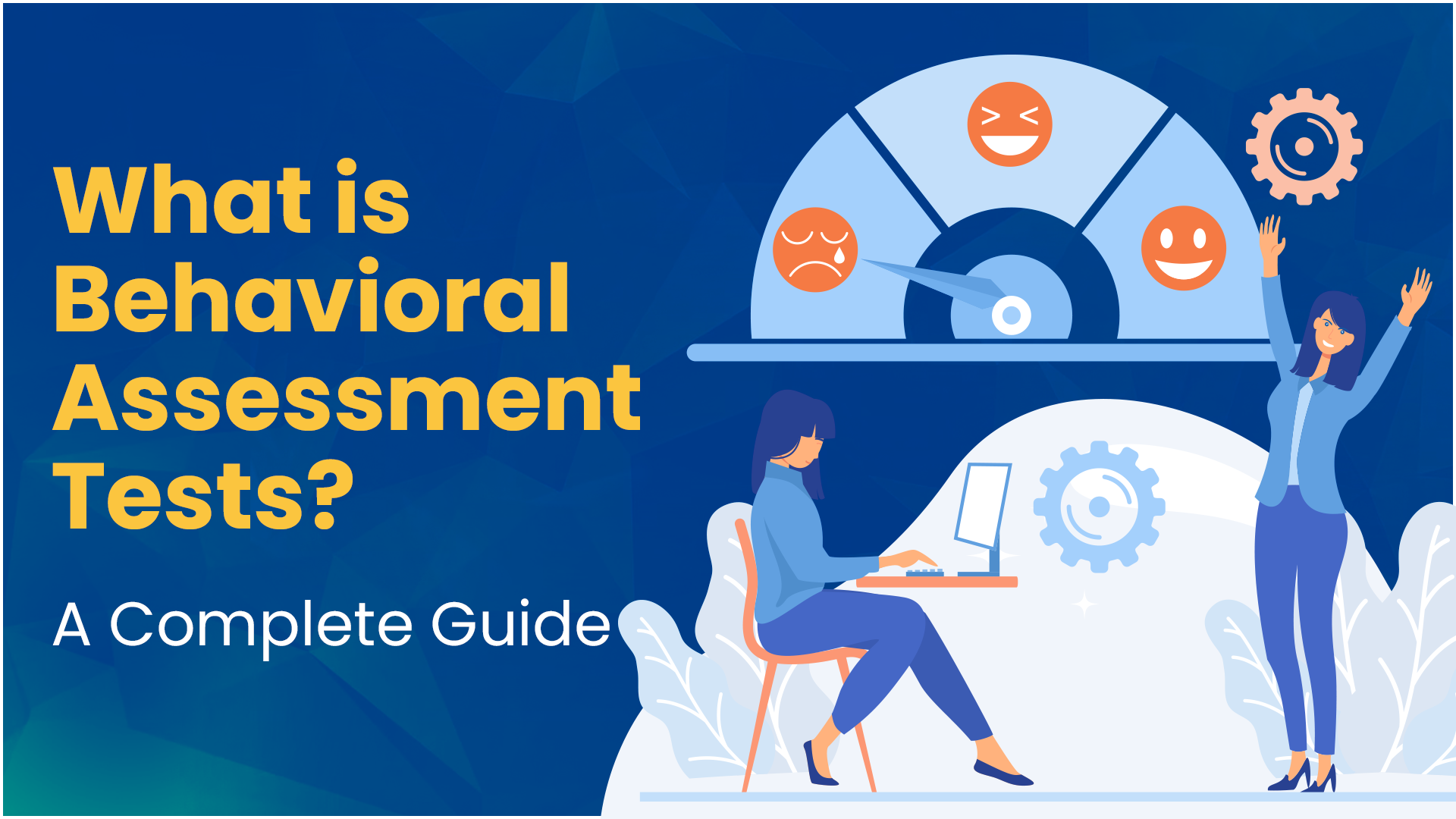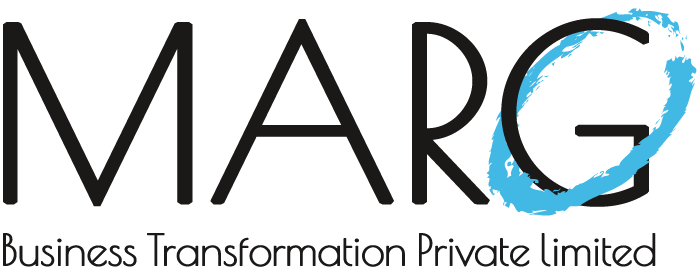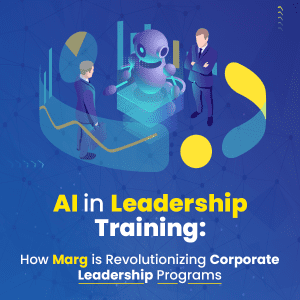
In today’s dynamic business landscape, hiring the right talent goes beyond evaluating technical proficiency. Organizations are increasingly turning toward behavioral insights to understand how employees think, respond, and interact within a professional environment. That’s where a Behavioral Assessment Test comes in – an essential tool for predicting performance, improving team compatibility, and enhancing organizational culture.
Whether you’re a CXO, HR professional, or team leader, understanding and applying Employee Behavioral Assessment strategies can help you build a more engaged, productive, and cohesive workforce.
In this comprehensive guide, we’ll explore what behavioral assessments are, why they matter, and how to effectively use Behavioral Assessment for Employees to drive organizational success.
-
What is a Behavioral Assessment Test?
A Behavioral Assessment Test is a scientific method used to evaluate an individual’s behavioral traits, interpersonal skills, and emotional intelligence. Unlike traditional aptitude or skill-based tests, these assessments focus on how employees behave in various scenarios rather than what they know.
Behavioral assessments measure attributes such as:
- Communication style
- Decision-making approach
- Leadership potential
- Adaptability and resilience
- Emotional intelligence
- Team collaboration
By gaining deeper insight into these dimensions, organizations can make data-driven decisions about hiring, promotions, leadership development, and cultural alignment.
In short, Employee Behavioral Assessment helps bridge the gap between personality and performance – ensuring that employees not only fit the role but also the organizational values.
-
Why Behavioral Assessment for Employees Matters
Investing in Behavioral Assessment for Employees isn’t just an HR trend; it’s a strategic advantage. Modern workplaces thrive on collaboration, adaptability, and self – awareness – qualities that are hard to measure through interviews alone.
When organizations use Employee Behavioral Assessment, they gain a deeper understanding of what drives their people. This allows leaders to:
- Build balanced teams based on complementary traits
- Identify leadership potential early
- Align roles with natural strengths
- Reduce turnover and hiring mistakes
- Foster a culture of trust and collaboration
In fact, companies that use behavioral insights during hiring report up to 40% higher employee retention and stronger engagement levels.
-
The Science Behind Behavioral Assessment
A Behavioral Assessment Test is rooted in psychology and neuroscience. These tools are designed using validated frameworks like DISC, Big Five, or Emergenetics – models that map out thinking and behavioral preferences.
Each framework categorizes behaviors into measurable traits such as:
- Communication style
- Decision-making approach
- Adaptability and resilience
- Team orientation
- Motivation triggers
Through self-reporting questionnaires or situational judgment tests, these assessments generate a behavioral profile that reflects how an individual is likely to perform, collaborate, and grow within an organization.
-
Types of Behavioral Assessment Tests
There’s no one-size-fits-all behavioral test. Depending on your goals, you might use different types of assessments, such as:
- Pre-employment Behavioral Tests: Used to evaluate candidates during hiring.
- Leadership Behavioral Assessments: Identify emerging leaders or refine leadership styles.
- Team Compatibility Assessments: Help managers create balanced teams.
- Developmental Assessments: Used for coaching, performance reviews, and career growth.
Each version of a Behavioral Assessment for Employees provides unique insights that can transform how organizations approach people development.
-
Behavioral Assessment vs. Personality Test
While they may sound similar, behavioral and personality assessments serve different purposes.
- Personality Tests explore who a person is – their inherent traits and emotional tendencies.
- Behavioral Assessments, on the other hand, focus on what a person does – how they act, respond, and adapt in specific situations.
Think of it this way: personality is the foundation; behavior is the expression. By combining both insights, companies can gain a holistic understanding of their employees.
-
Benefits of Employee Behavioral Assessment
A well-implemented Employee Behavioral Assessment helps organizations move from assumptions to actionable insights. Key benefits include:
- Smarter Hiring Decisions: Identify candidates who fit both the role and culture.
- Enhanced Team Dynamics: Match people with complementary behaviors for higher collaboration.
- Leadership Development: Spot future leaders and provide targeted coaching.
- Conflict Reduction: Understand interpersonal differences before they escalate.
- Employee Engagement: Align roles with natural strengths to drive motivation.
Behavioral insights don’t just improve performance – they transform organizational culture from reactive to proactive.
-
How Behavioral Assessments Improve Leadership
Strong leadership isn’t just about strategy – it’s about understanding people. A Behavioral Assessment Test helps leaders recognize their behavioral tendencies and how these impact their teams.
For example, a highly analytical leader may excel at planning but struggle with empathy-based communication. Through behavioral assessment insights, they can consciously balance their strengths and adapt to meet the needs of their teams.
This self-awareness is the foundation of emotional intelligence – a trait that sets exceptional leaders apart from average ones.
At MARG, leadership development programs often integrate Behavioral Assessment for Employees to help managers evolve into empathetic, adaptable, and inspiring leaders.
-
When Should You Use a Behavioral Assessment?
Behavioral assessments can be used at multiple points in the employee lifecycle:
- Recruitment: To assess fit during the hiring process
- Onboarding: To align expectations and tailor training
- Team Building: To identify strengths and collaboration gaps
- Leadership Development: To enhance managerial effectiveness
- Change Management: To understand how employees adapt to transitions
In each scenario, the goal is the same – to make people decisions based on insight, not instinct.
-
Common Misconceptions About Behavioral Assessments
Despite their growing popularity, behavioral assessments are often misunderstood. Let’s clarify a few myths:
- “They label people.”
Not true. A Behavioral Assessment Test describes tendencies, not limitations. It helps people understand and manage their strengths.
- “They’re only useful for hiring.”
Far from it. Behavioral assessments add value across the employee journey – from onboarding to succession planning.
- “They can predict exact behavior.”
Assessments indicate probable patterns, not certainties. They guide better decisions but don’t replace human judgment.
-
Integrating Behavioral Assessments into HR Strategy
To truly maximize the value of Employee Behavioral Assessment, organizations must weave it into their HR ecosystem rather than treating it as a one-time activity.
Here’s how MARG recommends integrating it effectively:
- Define Purpose: Identify what you want to measure – leadership readiness, culture fit, or team dynamics.
- Select the Right Tool: Choose validated, research-backed assessments that align with organizational goals.
- Train Managers: Help them interpret and apply insights correctly.
- Use Data Wisely: Combine behavioral insights with performance metrics for well-rounded evaluations.
- Communicate Transparently: Ensure employees understand the purpose – development, not judgment.
When done right, behavioral assessments become the foundation for a culture of continuous learning and growth.
-
Behavioral Assessments and Organizational Culture
Culture is shaped by behavior. By understanding collective behavioral patterns, organizations can intentionally design the kind of culture they want to nurture.
For instance, if assessments reveal that most team members prefer structure over innovation, leaders can create initiatives that encourage creative thinking and risk-taking. Similarly, if collaboration scores are low, targeted training programs can bridge gaps.
MARG often uses Behavioral Assessment for Employees as part of its culture transformation projects, aligning individual behavior with organizational vision and values.
-
Future of Behavioral Assessments: AI and Analytics
The future of the Behavioral Assessment Test lies at the intersection of data and psychology. AI-driven platforms now analyze communication styles, response patterns, and emotional cues with remarkable accuracy.
Predictive analytics can identify high-potential employees or flag burnout risks early. However, while technology enhances accuracy, human empathy remains irreplaceable – especially in interpreting and acting upon insights responsibly.
As the workplace evolves, Employee Behavioral Assessment will play a crucial role in building agile, emotionally intelligent, and future-ready organizations.
-
Real-World Example: How MARG Uses Behavioral Assessments
At MARG Business Transformation, behavioral assessments are more than diagnostic tools – they’re catalysts for change. Whether it’s leadership development, team alignment, or cultural transformation, MARG uses behavioral insights to tailor strategies that unlock the best in people.
For instance, during a large-scale transformation project with a manufacturing client, MARG used Behavioral Assessment for Employees to map team dynamics. The insights revealed gaps in communication and adaptability. With customized coaching and workshops, team collaboration scores improved by over 35% in six months.
That’s the power of understanding behavior – it drives transformation that’s both measurable and meaningful.
Conclusion
A Behavioral Assessment Test isn’t about labeling people – it’s about empowering them. By understanding how individuals think, communicate, and collaborate, organizations can create workplaces where potential meets purpose.
When combined with expert facilitation and strategic integration, Employee Behavioral Assessment becomes a cornerstone for leadership development, team harmony, and long – term growth.
At MARG Business Transformation, we’ve seen firsthand how behavioral insights reshape teams, elevate leaders, and strengthen culture. If your organization is ready to turn data into transformation, MARG is here to guide your journey – one behavior at a time.
FAQs
-
What is the purpose of a Behavioral Assessment Test?
ABehavioral Assessment Test helps organizations understand how employees behave in various situations, ensuring better hiring, team alignment, and leadership development.
-
How does anEmployee Behavioral Assessment benefitorganization?
An Employee Behavioral Assessment identifies strengths, communication styles, and motivational drivers, enabling managers to assign roles and build teams more effectively.
-
How is MARG Business Transformation using Behavioral Assessment for Employees?
AtMARG, we use Behavioral Assessment for Employees to drive change management, leadership development, and team cohesion across industries – ensuring every assessment leads to actionable growth.
-
Can a Behavioral Assessment Test improve leadership skills?
Absolutely. Behavioral insights help leaders understand their tendencies, adapt their style, and connect more effectively with their teams.
-
Is Behavioral Assessment for Employees suitable for small businesses?
Yes, even small teamsbenefit from Behavioral Assessment for Employees, as it helps foster collaboration, improve hiring accuracy, and create a positive culture early on.






